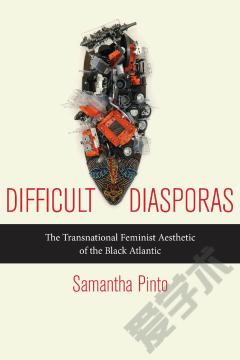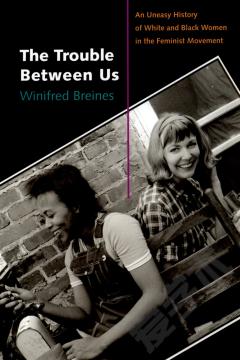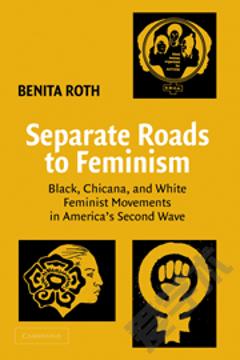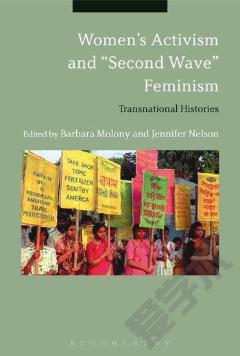Difficult Diasporas: The Transnational Feminist Aesthetic of the Black Atlantic
As scholars and teachers, we often shy away from texts even though we feel deep down they are doing something important; important to our work, to our students, and to our sense of the world and ourselves. In Difficult Diasporas: The Transnational Feminist Aesthetic of the Black Atlantic, Samantha Pinto shows how we might approach some of these texts as readers and literary critics and, ultimately, why we need to risk teaching them. In glossing both the object and the objects of her book, Pinto writes, âThe texts studied in this book recognize the value in bending and mixing genre as essential in critiquing the constraints on black womenâs subjectivity across the academy and the diasporaâ (5). Pintoâs work, like the array of texts she studies, is located at âthe pinnacle of intersectional difficultyâ (177). The succinct introduction lays out the difficulties of this position and the need for the interdisciplinary approach in the following chapters. In many ways, Jackie Kayâs Bessie Smith (1997) is an ideal work to begin the book, as it sits uneasily between biography, autobiography, and fiction; it focuses on Smith, who enacts diaspora in her art, and it is written by a Scottish bi-racial woman raised by white parents now living in England. In Chapter One, Pinto uses Kayâs Bessie Smith to examine âhow critical work on the black diaspora has frequently separated out popular cultural and performative work from selfconsciously intellectual and political laborâ (19). The multiplicities of form, content, and identities in Bessie Smith set the stage for the form-challenging works to come. Chapter Two reads Elizabeth Alexanderâs The Venus Hottentot (1990) and Deborah Richardsâs Last One Out (2003) in a discussion of the difficultiesâor impossibilitiesâof representing black womenâs bodies. Alongside the poetry collections, Pinto analyzes work on Nanny (of the Maroons) and Sarah Baartman. The play on the word bottom throughout the chapter is a bit overdone, but it does highlight the potential of the bottomâboth corporeal and spatialâas a site for renegotiation of black womenâs representation. Continuing the generic pairing
{{comment.content}}








 京公网安备 11010802027623号
京公网安备 11010802027623号